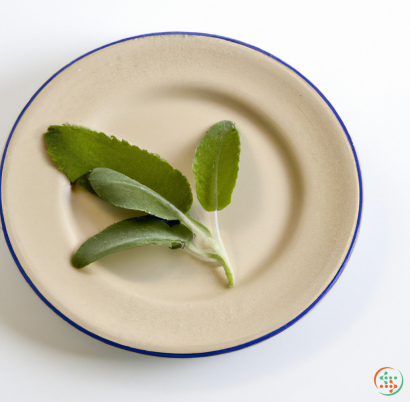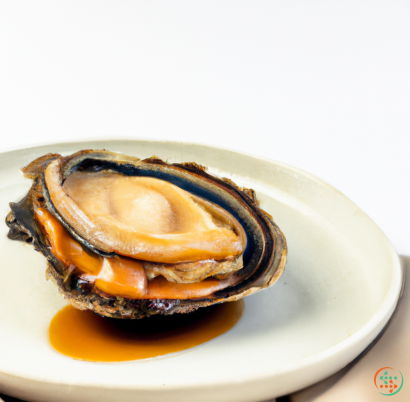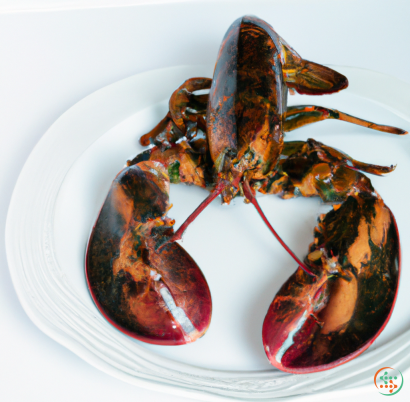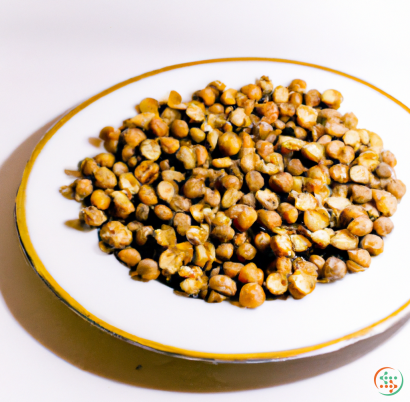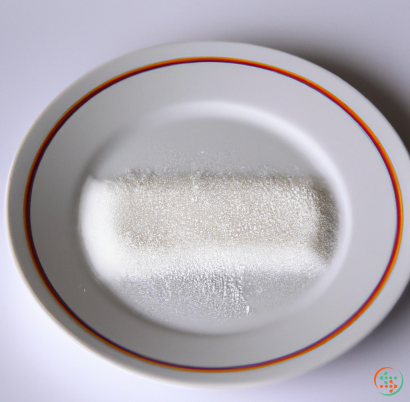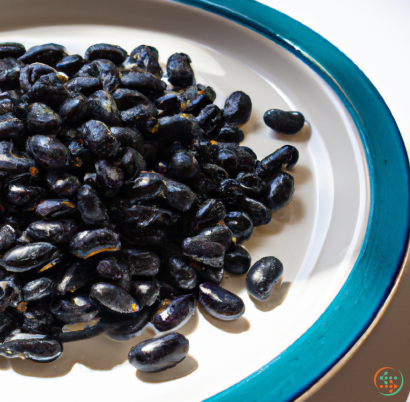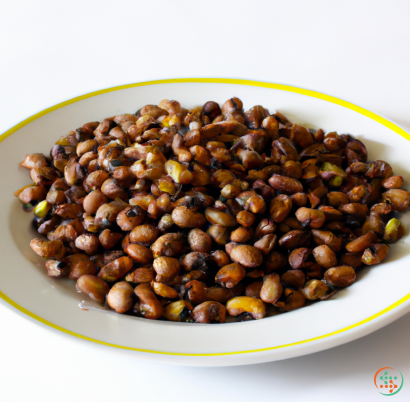Hard-boiled Eggs
The hard-boiled egg is an ancient and beloved staple of breakfasts and brunches alike. Boiled eggs have been around since ancient times, but the ‘hard-boiled’ variety became popularized in the 19th century when they began appearing on breakfast tables across Europe. A hard-boiled egg is just what it sounds like - an egg that has been cooked in its shell for a significant amount of time, producing a hard, firm texture. In some ways, a hard boiled egg is the perfect food - it’s simple, nutritious, and extremely versatile. So what’s the proper way to go about making these delicious little treats?
The key to making a perfect hard-boiled egg is all in the timing. Too little time and you’ll end up with a soft-boiled egg that’s too slimy, too much time and you’ll have an overcooked, rubbery lump. Just the right amount of time, however, and you’ll have yourself a perfectly cooked hard-boiled egg. The traditional method of making a hard-boiled egg is to fill a pot or saucepan with enough cold water so that when you add your eggs they are completely submerged.
Next, turn the heat onto high to bring the water to a rolling boil. Once you have a nice, rolling boil add your eggs in their shells and turn the timer on for 11 minutes. About halfway through boiling, however, you’ll want to add a generous pinch of salt to the water. This helps to prevent cracks from forming in the eggshells.
Once the timer goes off move your pot or pan to an off heat and begin to cool the eggs in the water. If you want to speed up the process you can transfer the eggs to a bowl of cold water. The object is to allow the eggs to slowly come down to room temperature so that they’ll be the ideal texture inside the still-warm shell.
Finally, the tricky part: peeling the shells off without destroying the integrity or contents of the egg. To peel a hard-boiled egg properly you’ll want to begin by tapping the blunt end (opposed to the pointed or rounded end) onto your countertop or chopping board so that small cracks form throughout the shell. Once the eggshell is sufficiently cracked, roll the egg on its side gently across the countertop or board. This helps to separate the thin membrane between the egg and its shell, which makes the process of peeling much easier.
Be sure to peel the egg underwater! This helps the membranes to slide away from the egg easily, and prevents any of the deliciously fresh egg from sticking to the shell. Once the egg is peeled, it is ready to be sliced in half, sprinkled with salt and pepper, or mashed up for delicious egg salad sandwiches.
Whether you’re in the mood for a hearty breakfast, a delicious snack, picnics, lunch boxes, or a simple and healthy light meal - you can’t go wrong with a hard boiled egg. It’s a delicious, easy to make, and time-tested favorite that is sure to please!
Hard-Boiled Eggs: From Farm to Table
Hard-boiled eggs are a versatile and nutritious food found in kitchens the world over. Preparing hard-boiled eggs is incredibly simple, yet the journey they take from farm to dinner plate is complex and arduous. From an egg’s conception in a hen's ovary before its journey to the plate requires precision, expertise, and some luck. Every step of the way, the ingredients required to produce a hard-boiled egg are closely monitored and well-defined.
In order to understand the farm-to-table process, however, it's first important to examine the biology involved in creating the perfect egg. A chicken's egg production is based on a complex and synchronised process that begins with the gonads in the hen's reproductive system. Every two weeks or so, the bird will produce a hen egg yolk (also known as an "ovum"), which makes its way down the reproductive tract and is surrounded by several layers of dense protein called albumen, which many people refer to as "egg white." The egg is completely enveloped by a thin but strong shell-like membranous material dubbed the "vitelline membrane," which protects the egg from physical damage. As the egg moves toward the hen's shell gland, the final layer of protection is added: the egg shell.
Eggshells come in a variety of colors, ranging from white to pink, yellow and even blue. This colour is determined by the bird’s breed, age, and diet. The vast majority of Europe’s chicken breeds lay white-shelled eggs, while breeds like Araucana lay blue or green eggs, and breeds like Faverolle lay pink eggs. Finally, a layer of protective coating, called the cuticle, is added to the shell. This waxy coating helps the egg remain fresh and slow water loss. Once the eggshell is complete, the egg is then released and ready to be collected.
From there, the eggs enter the collection process. Eggs are carefully gathered from nesting boxes in chicken coups and returned to the egg processing plant. Here, every egg is inspected for defects under two intense light sources; specific attention is given to the air chambers (the part of the egg which, after boiling, can be used to determine how long the egg has been boiled). Good eggs are put aside and bad eggs are removed and thrown away. The eggs that have passed inspection are sent to the egg-washing room.
Here, eggs are boiled and disinfected with hot water. In most egg processing plants, similar washing equipment is used — a centrifuge that spins the eggs in hot water and removes dirt, feathers, and other contaminants, ensuring the egg inside the shell is clean and fit for human consumption. After washing, the eggs travel to the candling room, where eggs are placed on a conveyor belt and inspected, again, by intense light sources that allow the graders to inspect the egg for cracks and defects.
Once all the eggs have been inspected and declared fit for human consumption, they are stored in cooling chambers, where their temperature is reduced to below 4? and can be stored for about 16 days without compromising their freshness. After this, the eggs move on to the packaging room, where they are placed in the familiar egg carton. The cartons are lightweight and designed to protect the hard-boiled egg and keep them fresh while they are transported.
The eggs that have made it through the rigourous inspection, packaging, and cooling processes make their way to the stores and onto the dinner plate. For many, hard-boiled eggs are an easy option for a quick breakfast or snack, but they are also a great source of energy and nutrition.
Hard-boiled eggs are packed with protein, vitamins, and minerals. The white of the egg is a great source of B vitamins,vitamin A and many minerals. It also contains selenium, which is important for thyroid health. The yolk contains many of the same vitamins and minerals as the white but with some added benefits, such as choline, which is important for healthy brain development and metabolism, and lutein, which is important for healthy skin and vision. In addition, hard-boiled eggs make for a quick, portable and nutritious meal or snack.
In conclusion, no matter if you're grabbing a protein-packed snack from the fridge or whipping up devilled eggs for a potluck, hard boiled eggs are a wholesome, versatile, and nutritious addition to any meal. To get to the dinner plate, these eggs have gone through an elaborate process, beginning with the careful production in an ovary right through the safety inspections and cooling process. Every step of the way, the ingredients required to produce a hard boiled egg are closely monitored and well-defined, ensuring the end result is safe and delicious.
https://www.nutritiondata.com/facts/dairy-and-egg-products/118/2
https://medium.com/@CaliMuscleSciences/what-is-selenium-how-does-it-benefit-us-5dc716695f44
https://www.natureswaybrands.com/blog/benefits-hardboiled-eggs/
https://vegrunner.co.uk/our-blog/chicken-egg-species-colour-variations/
https://urbanext.illinois.edu/eggsafety/how.cfm
https://www.extension.iastate.edu/pork/egg-making-process
| Vitamin A | 0.149 mg | |
| Beta-Carotene | 0.011 mg | |
| Vitamin D | 0.0022 mg | |
| Vitamin D3 | 0.0022 mg | |
| Vitamin E | 0.00103 grams | |
| Vitamin K | 0.3 ug | |
| Vitamin B1 | 0.07 mg | |
| Vitamin B2 | 0.51 mg | |
| Vitamin B3 | 0.06 mg | |
| Vitamin B4 | 0.2938 grams | |
| Vitamin B5 | 0.0014 grams | |
| Vitamin B6 | 0.12 mg | |
| Vitamin B9 | 0.044 mg | |
| Vitamin B12 | 0.00111 mg |
| Calcium | 0.05 grams |
Daily Value 1.3 g
|
| Iron | 0.00119 grams |
Daily Value 0.018 g
|
| Magnesium | 0.01 grams |
Daily Value 0.4 g
|
| Phosphorus | 0.172 grams |
Daily Value 1.25 g
|
| Potassium | 0.126 grams |
Daily Value 4.7 g
|
| Sodium | 0.124 grams |
Daily Value 2.3 g
|
| Zinc | 0.00105 grams |
Daily Value 0.011 g
|
| Copper | 0.01 mg |
Daily Value 0.9 mg
|
| Manganese | 0.03 mg |
Daily Value 0.0023 g
|
| Selenium | 0.0308 mg |
Daily Value 0.055 mg
|
| Fluoride | 0.0048 mg |
Daily Value 0.004 mg
|
| Tryptophan | 0.153 grams | |
| Threonine | 0.604 grams | |
| Isoleucine | 0.686 grams | |
| Leucine | 1.075 grams | |
| Lysine | 0.904 grams | |
| Methionine | 0.392 grams | |
| Cystine | 0.292 grams | |
| Phenylalanine | 0.668 grams | |
| Tyrosine | 0.513 grams | |
| Valine | 0.767 grams | |
| Arginine | 0.755 grams | |
| Histidine | 0.298 grams | |
| Alanine | 0.7 grams | |
| Aspartic Acid | 1.264 grams | |
| Glutamic Acid | 1.644 grams | |
| Glycine | 0.423 grams | |
| Proline | 0.501 grams | |
| Serine | 0.936 grams |
| Total Sugars | 0.131141 grams |
per 100g
|
| Myristic acid (14:0) | 0.04 grams |
|
| Palmitic acid (16:0) | 2.35 grams |
|
| Stearic acid (18:0) | 0.83 grams |
|
| Total Saturated fatty acids: | 3.22 g | |
| Oleic acid (18:1) | 3.73 grams |
|
| Palmitoleic acid (16:1) | 0.31 grams |
|
| Gadoleic acid (20:1) | 0.03 grams |
|
| Total Monounsaturated fatty acids: | 4.07 g | |
| Omega-3 Timnodonic acid (20:5) | 0.01 grams |
|
| Linolenic acid (18:3) | 0.04 grams |
|
| Linoleic acid (18:2) | 1.19 grams |
|
| Total Polyunsaturated fatty acids: | 1.24 g | |
| Cholesterol | 0.37 grams |
|
| Total Sterols: | 0.37 g | |

